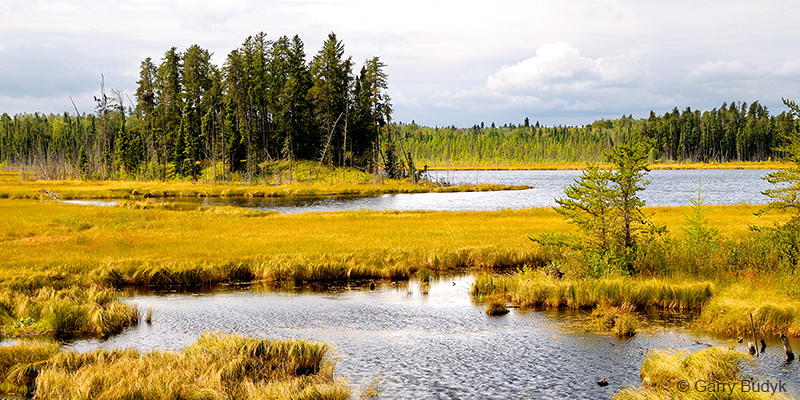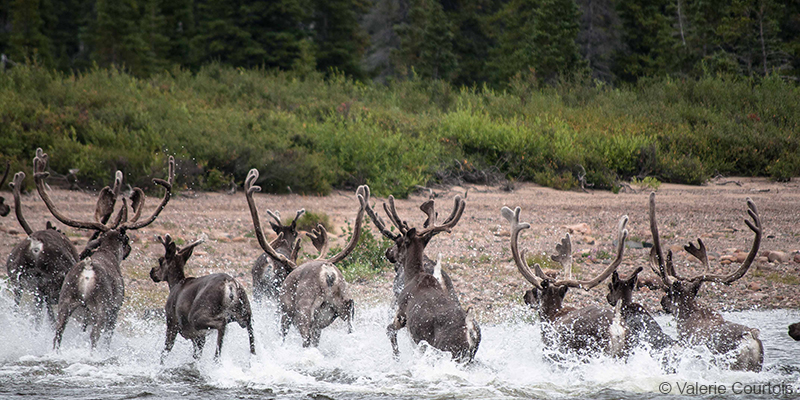As Forest Day gets ready to unfold at the Global Climate Action forum on Sunday at the 2017 UN Conference on Climate Change (COP 23), here are a few facts to consider:
- The Boreal Forest of Canada and Alaska contains within its trees, peatlands, wetlands, waterways, and soils more than 200 billion tonnes of carbon, one of the largest terrestrial stores of carbon on Earth. This is equivalent to about 26 years of the world’s annual carbon emissions;
- The Boreal Forest holds more carbon per unit area than any another terrestrial ecosystem;
- The Boreal Forest contains within its boundaries what may be the world’s largest peatland complex and one of the top three largest wetlands in the world, the Hudson Bay-James Bay Lowlands which is estimated to hold about 38 billion tonnes of carbon;
- 249 billion tonnes of carbon are outside of protected areas in Canada which means that most of these carbon rich areas are open to industrial development activities that increase the possibility of causing that carbon to be injected into the atmosphere;
- 89% of Canada’s carbon stores are currently outside of protected areas;
- 178 billion tonnes of carbon are within still intact and unfragmented forest and peatland landscapes of the Boreal Forest providing an unparalleled and historic opportunity to protect those landscapes;
- Still intact ranges of the threatened Woodland Caribou in Canada’s Boreal Forest hold nearly 70 billion tonnes of carbon, equivalent to hundreds of years of Canada’s annual carbon emissions;
- Large, intact protected areas allow species the space and geographical diversity to adapt to climate changes that are already underway;
- Protecting Boreal Forest landscapes not only keeps the carbon stored in the forests themselves, but it allows species to adapt to changing conditions.
After perusing these facts, is it possible to come to any other conclusion than it is crucial that we find mechanisms to rapidly increase protection of the carbon-rich landscapes of the Boreal Forest to provide the best opportunity to not only keep the carbon out of the atmosphere but also to give plants and animals their best chance for survival into the future?



